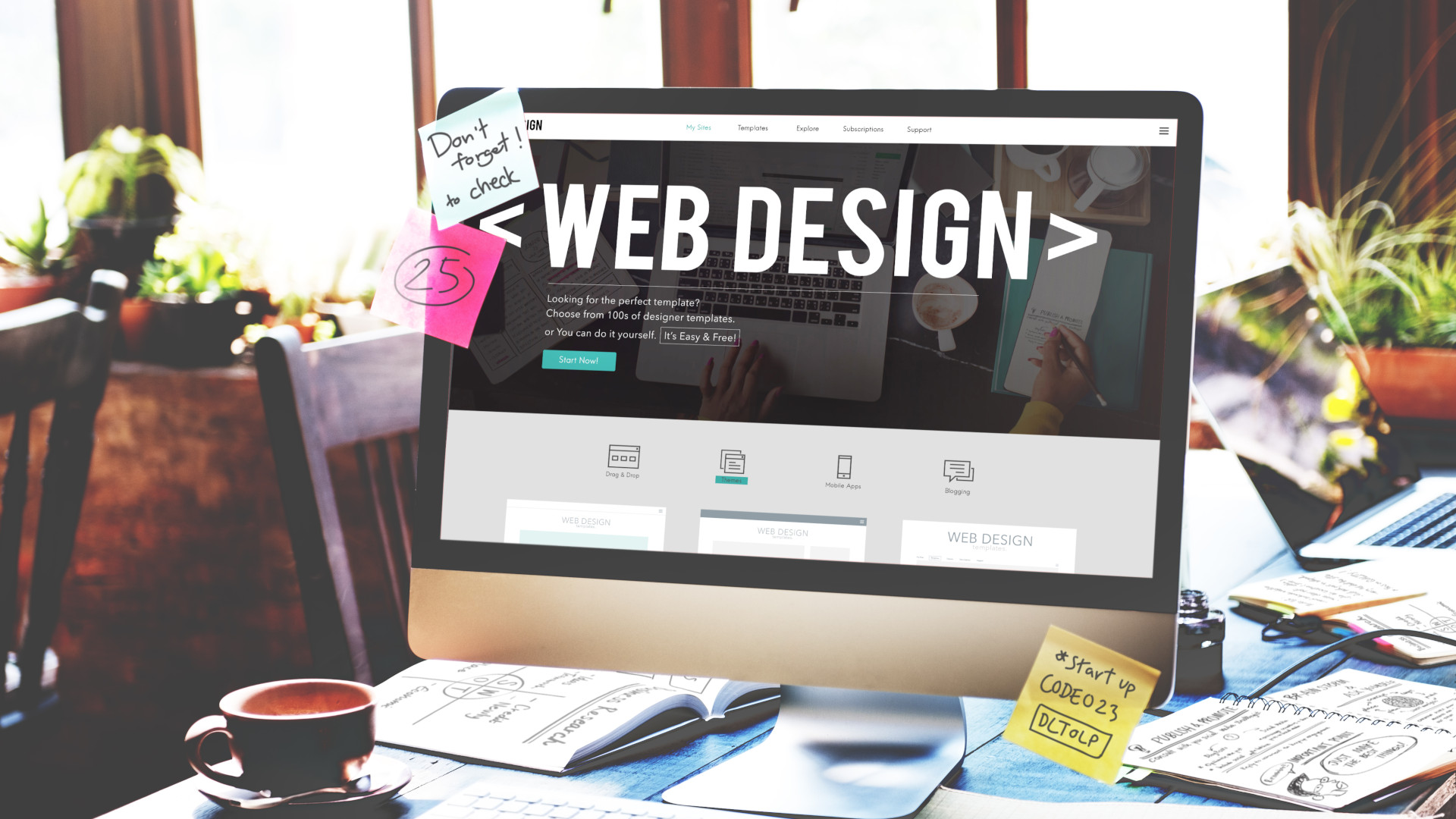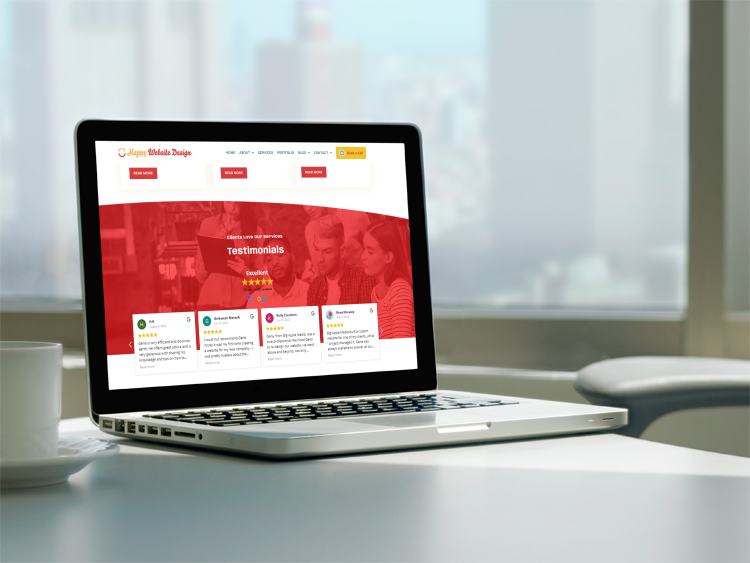Develop a Well Balanced Online Experience With Alternative Internet Design
In today's electronic landscape, creating a balanced online experience via alternative website design is crucial for satisfying the varied needs of individuals. This approach emphasizes the integration of aesthetics, performance, and use, allowing designers to craft internet sites that work as interconnected ecological communities. By prioritizing availability and straightening content technique with customer preferences, companies can dramatically enhance interaction. Recognizing the nuanced principles that underpin this approach is vital for attaining continual success. What variables must be taken into consideration to guarantee that every aspect of a site adds meaningfully to the overall individual experience?
Comprehending Holistic Website Design
What does it suggest to take on a holistic method to website design? An all natural strategy emphasizes the assimilation of different elements to produce a cohesive on the internet experience. This approach considers not just aesthetic elements but additionally capability, usability, and the psychological impact of the internet site on its users. By checking out a website as an interconnected environment, developers can guarantee that every part-- visual style, web content, navigating, and interactivity-- works harmoniously to accomplish user requirements.
Incorporating an alternative point of view involves understanding the target audience and their certain needs, choices, and actions (web design consulting services). It calls for an analysis of exactly how individuals engage with various aspects of the website and how these communications affect their overall experience. This method also thinks about the wider context in which the website operates, including brand identity, advertising methods, and competitive landscape

Key Principles of Individual Experience
At the core of reliable web layout exists a deep understanding of vital principles of user experience (UX), which work as the structure for producing instinctive and engaging electronic atmospheres (web design consulting services). These concepts assist developers in crafting user interfaces that straighten with individual demands and assumptions

An additional significant principle is comments, guaranteeing that individuals are educated concerning their interactions. Whether with aesthetic signs or notices, feedback strengthens a sense of control and satisfaction. Furthermore, the concept of hierarchy dictates that info needs to be organized realistically, directing individuals through content successfully.
Last but not least, emotional style plays a critical function in UX. By evoking favorable emotions with appearances and communications, developers can produce remarkable experiences that foster user commitment. By adhering to these concepts, internet designers can produce holistic experiences that resonate with users and meet their objectives.
Relevance of Accessibility
Access is a crucial facet of website design that ensures all individuals, despite their look at this website capabilities or handicaps, can connect with electronic content effectively. By focusing on ease of access, internet designers develop comprehensive atmospheres that accommodate diverse customer demands, improving general customer experience.
An accessible web site sticks to developed guidelines, such as the Internet Web Content Access Standards (WCAG), which advise methods like giving message choices for non-text web content, making certain sufficient color contrast, and making it possible for key-board navigation. These practices not only offer users with specials needs, such as visual or auditory problems, but likewise profit various other individual teams, consisting of those with situational restrictions or older adults.
In addition, the relevance of access prolongs beyond moral considerations; it also influences company results. An inclusive web site can reach a broader audience, ultimately causing boosted interaction and conversions. Additionally, click site ease of access conformity reduces the risk of legal repercussions associated with discrimination.
Including accessibility into internet style promotes a sense of community, where all individuals really feel valued and accommodated. web design consulting services. By accepting this concept, designers add to a more equitable electronic landscape, ensuring that everybody has the opportunity to gain access to and benefit from online sources
Integrating Content Technique
Developing an inclusive digital setting naturally results in the need of a robust content technique that straightens with user requirements. An efficient material approach functions as the backbone of all natural website design, making certain that info is not just available yet also interesting and appropriate. It requires a deep understanding of the target market, including their choices, behaviors, and possible obstacles to access.
To incorporate a material approach properly, organizations should prioritize user-centric content production. This can be achieved with thorough target market research, which informs the kinds of web content that will resonate with individuals. In addition, material must be structured practically, utilizing clear headings, bullet factors, and concise language to boost readability.
Cooperation throughout groups-- style, development, and content-- is important to make sure that the web content technique is cohesively carried out. Regular audits of content effectiveness will help in refining approaches, making certain the content stays fresh and straightened with user assumptions. Ultimately, integrating multimedia components can enhance user communication, satisfying varied discovering styles while advertising inclusivity. By focusing on a natural content method, organizations can develop a balanced online experience that cultivates interaction and accessibility for all individuals.

Determining Success and Involvement
While a well-executed web content technique creates the foundation of all natural website design, determining success and involvement is crucial for evaluating its efficiency and leading future renovations. Key efficiency signs (KPIs) such as page views, bounce prices, and ordinary session period offer measurable understandings into individual habits. These metrics highlight which content resonates most with individuals and where prospective friction factors might exist.
Furthermore, qualitative procedures, such as user responses and studies, can use deeper insights right into user satisfaction and engagement degrees. Tracking social networks communications and conversion rates also assists assess the efficiency of web content in driving desired activities, whether that be purchases, sign-ups, or website development consulting details demands.
Using devices like Google Analytics, heatmaps, and A/B testing can improve understanding of customer communication patterns and preferences. This data makes it possible for web designers and material planners to repeat on their layouts, guaranteeing that the online experience continues to be user-centered and aligned with company goals.

Final Thought
To conclude, a balanced online experience through holistic website design necessitates the integration of looks, performance, and usability. By prioritizing user demands and access, designers can create interconnected ecosystems that improve engagement and fulfillment. A well-aligned web content approach better adds to a cohesive customer experience, while constant responses systems are vital for fostering commitment. Inevitably, this detailed approach not just elevates individual complete satisfaction yet likewise enhances brand name identity in an increasingly competitive electronic landscape.